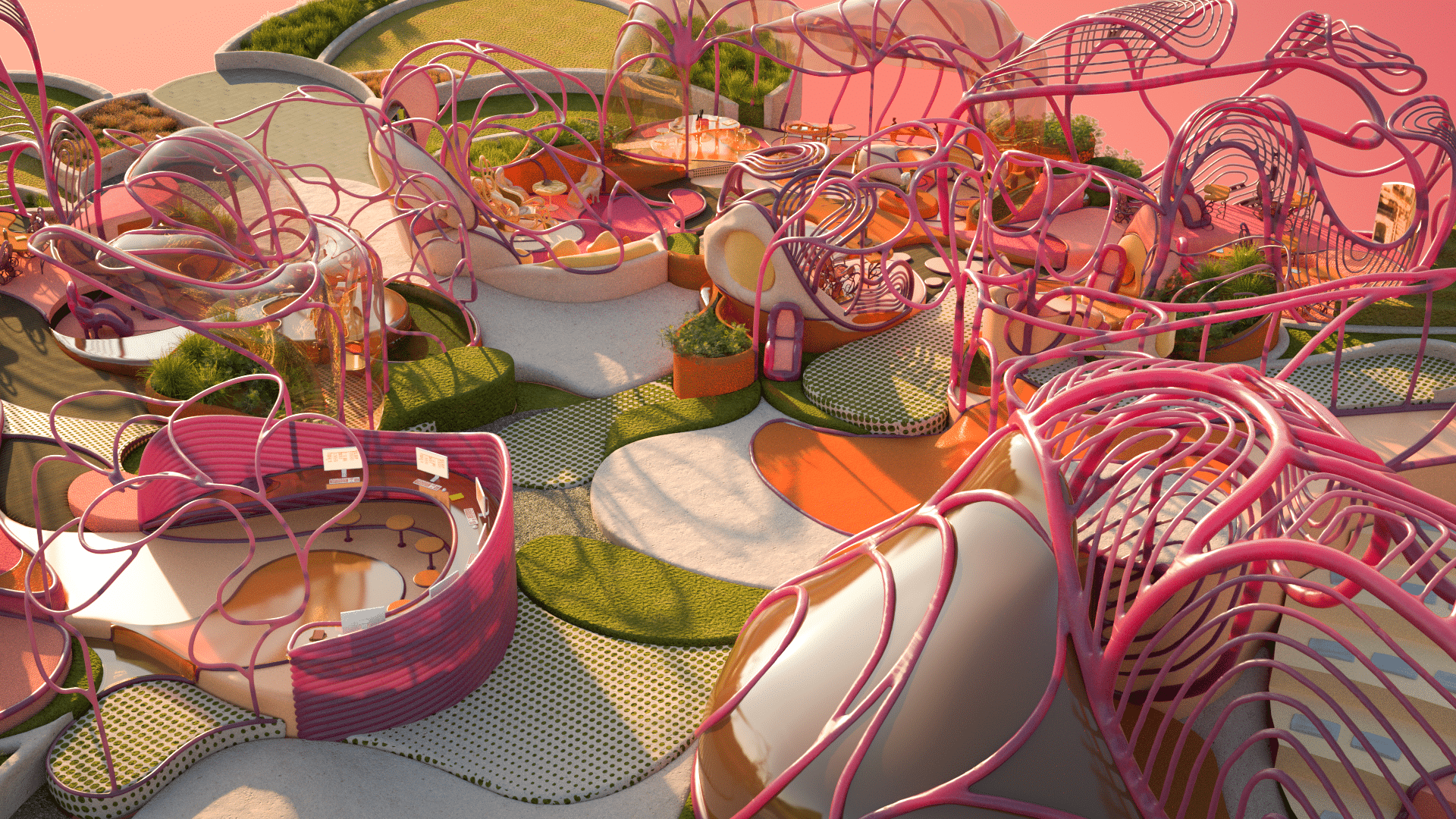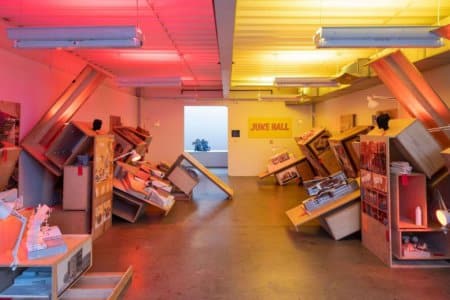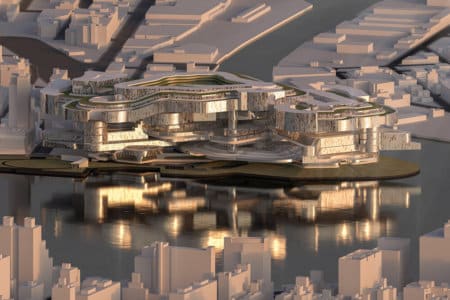In the field of architecture, focusing on what ought to be, instead of what is currently possible, has never been more important. For the next generation of professionals to design a world for tomorrow, they must learn to look ahead today. They must aim to enhance ecology, uplift communities, and affirm cultural identities through buildings and structures that transcend style. All of this and more can be learned at the Southern California Institute of Architecture (SCI-Arc), a true “school of architectural thinking.”
For the last 50 years, this collaborative, immersive school has kept its doors open to students, theorists, and practitioners from across the globe. Today, its student body represents 46 nationalities — plenty of whom have chosen one of SCI-Arc’s two Master of Architecture programmes as their launchpad to success.
The three-year M.Arch 1 was designed for aspiring multi-faceted innovators with an undergraduate degree in just about any field of study. Its philosophy is a firm commitment to design excellence, aimed at providing learners with a strong foundation and a better understanding of the history, theory, technology, and professional practice of architecture. In the process, they gain the inspiration needed to cultivate a point of view and personal aesthetic.
The journey begins with a four-semester core sequence of design studios and seminar courses. Then, students move on to two semesters of Vertical Studios, which broaden horizons by fusing perspectives. SCI-Arc does this by combining groups of students from undergraduate, graduate, and postgraduate programmes with faculty and visiting architects who are leading diverse design projects. The M.Arch 1’s final semesters are spent in advanced studios and seminars to prepare students for Graduate Thesis.
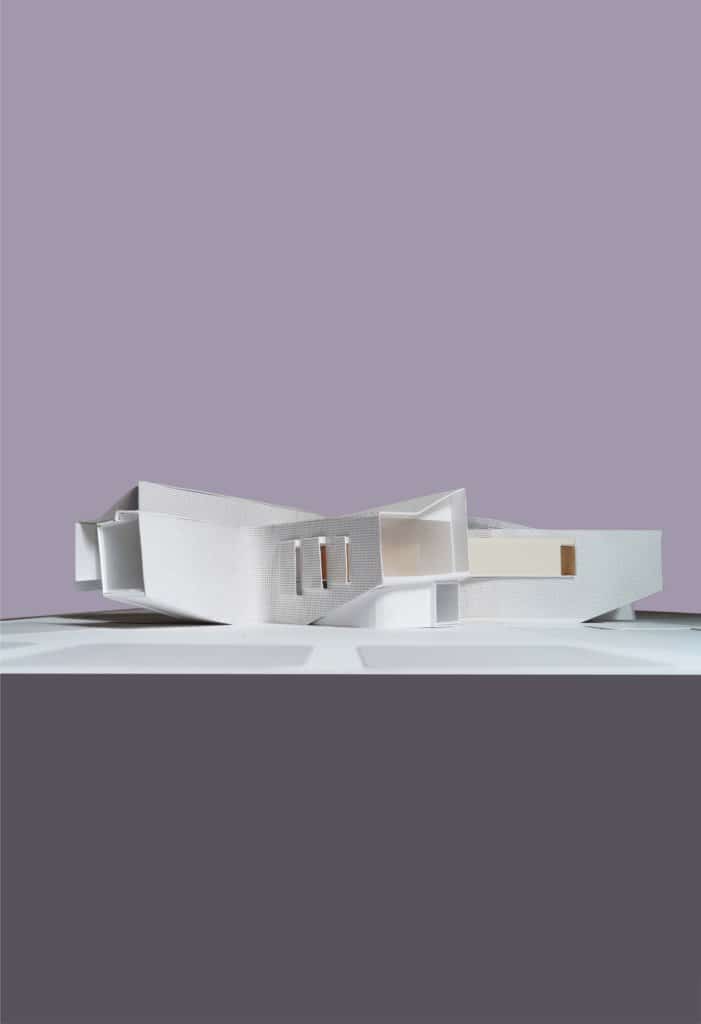
The M.Arch 2 is a better choice for those who have already covered the basics with an undergraduate degree in architecture. The two-year programme was designed to help them pursue architectural licensure for professional practice in the US once they graduate. For them, preparation for professional life begins with courses that will challenge them to employ advanced tools, techniques, and software while refining design skillsets for speculative architectural production. Then, much like M.Arch 1 students, M.Arch 2 students move on to industry-aligned opportunities.
Both programmes unlock access to Design Studio sessions, where budding architects can let their creativity run free by immersing themselves in hands-on, project-based courses that build visual literacy, nurture design skills, allow the testing of ideas, and provide countless opportunities to receive personal feedback from studio faculty. Their insights are crucial as students embark on projects that merge the concepts of space, aesthetics, architectural theory, and materiality, among others. Such opportunities are uncommon in the US.
“SCI-Arc is one of the strongest programmes in the country, if not globally. I can remember [the] opportunity to readjust, retune, rethink what architecture was or wasn’t and my place in it,” says Thom Mayne, Principle of Morphosis Architects and Design Studio Visiting Faculty. “SCI-Arc is the perfect environment for that.”
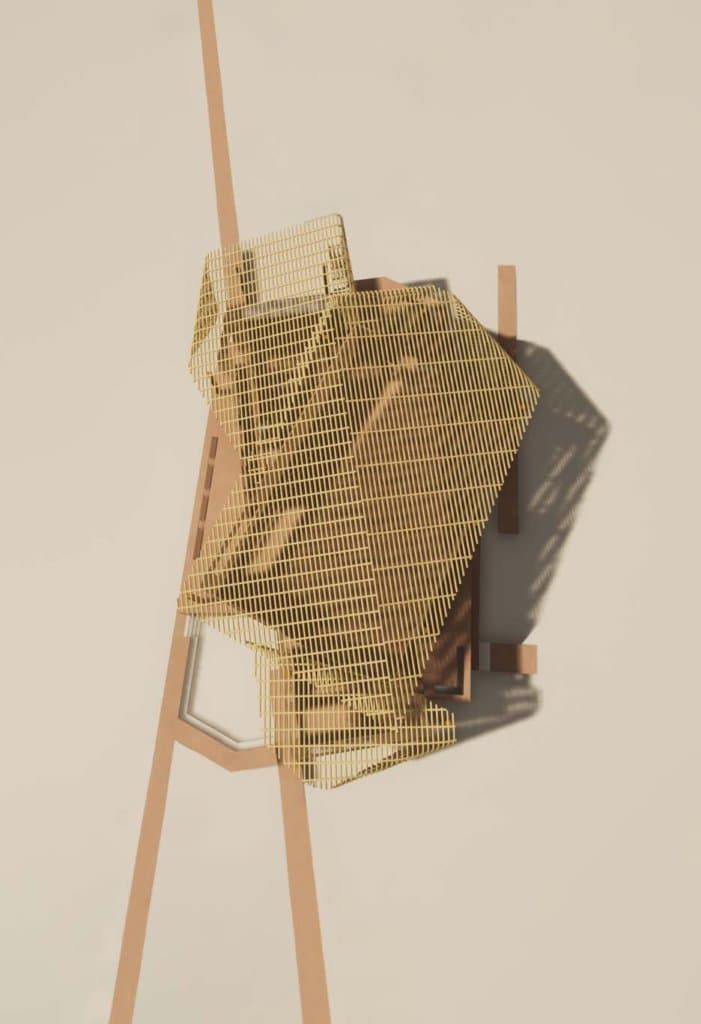
Mayne is one of the many industry experts regularly coming to SCI-Arc to impart relevant knowledge. Of course, in-house practitioners and scholars abound as well. The institute believes that the best educators are those who can communicate to students the complex realities of conceptualising architecture and bringing it to life. Hence why SCI-Arc’s faculty currently comprises Los Angeles’s finest, most cutting-edge thinkers in architecture, culture, history, and technology. In fact, Design Studio faculty are all active practitioners working in many of the city’s best architecture firms.
“The academic and personal relationships I have built within SCI-Arc have taught me invaluable lessons that traverse beyond architectural pedagogy,” says M.Arch 2 student Jennifer Dow.
Both programmes leverage SCI-Arc’s focus on global culture and its physical location within the creative cultural hub of Los Angeles. Close to the rapidly developing Arts District and downtown LA, it’s a hub that enables students to gain real-world experience while bettering communities.
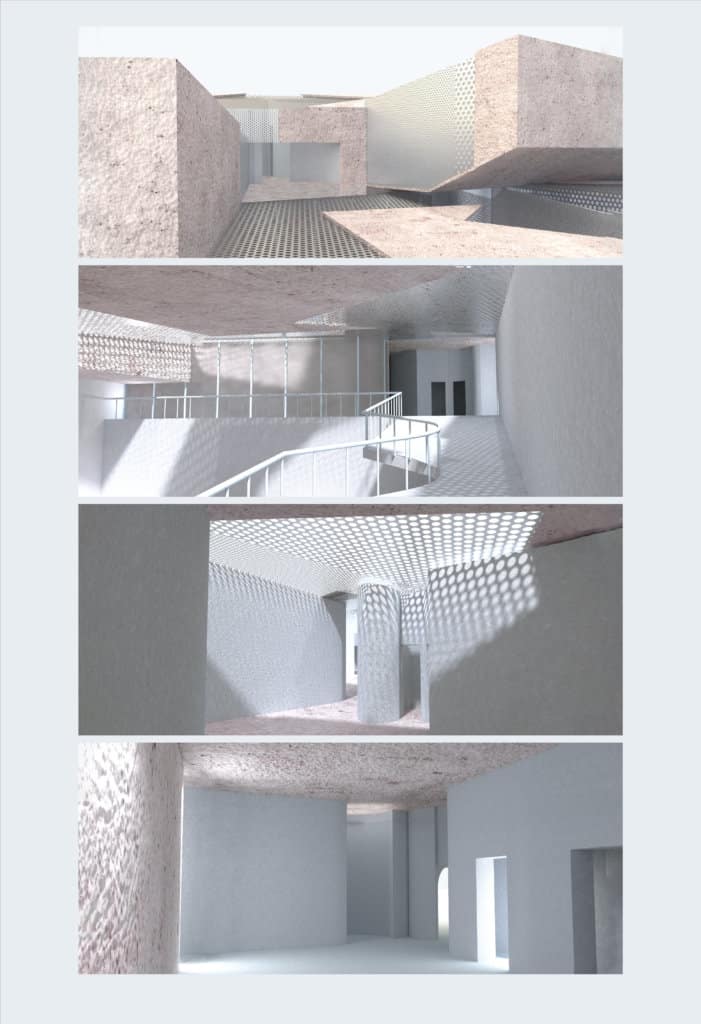
“For instance, students have addressed homelessness in collaboration with the mayor of Los Angeles; they’ve been exposed to social housing challenges –– which has been a major issue in the city; and they’ve also designed, handled permits, and built homes for Habitat for Humanity,” says Graduate Programmes Chair, Elena Manferdini. “There are many opportunities in our curricula for students to go beyond the walls of academia.”
To experience two of the US’s finest Master of Architecture programmes for yourself, click here.
Follow SCI-Arc on YouTube, Instagram, Facebook, and Twitter.

